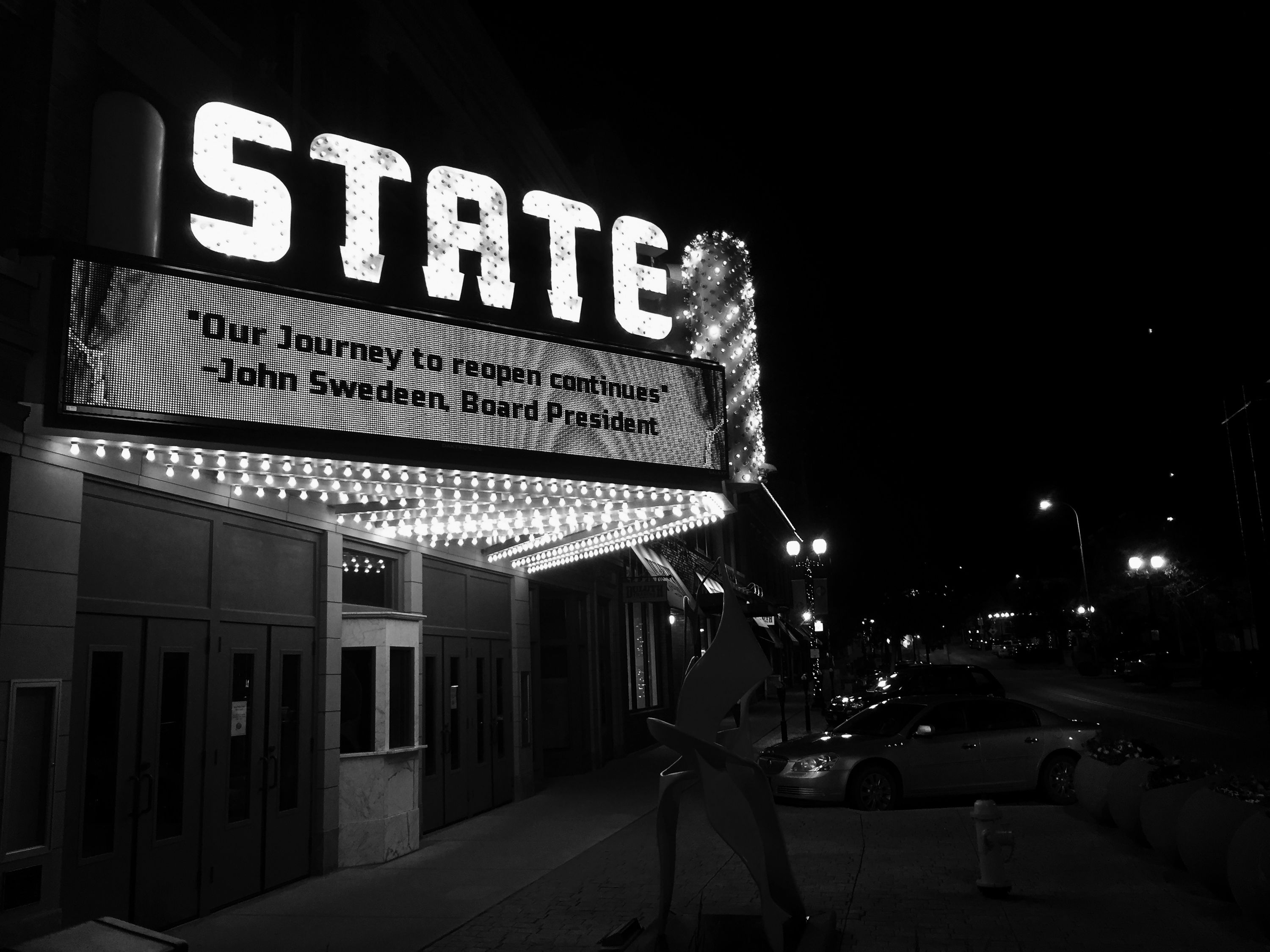Unbearable Whiteness of Being

Picture this with me: you’ve been doing the important work as an anti-racist activist, reading all the right books, listening to the right podcasts, maybe even attending demonstrations.
You talk with other white people about white privilege and white performativity.
So you keep talking and talking. Maybe you’ve been talking for years.
But something seems a bit off, something you can’t quite put your finger on.
So you pick up a tried and true author, again.
You even sketch out a few ways you might work on dismantling white privilege, maybe forwarding the names of several qualified people of color for job openings in your company or reading authors of color for six months.
But after awhile you start to wonder — about what you’re not sure.
So many of us are frustrated and disappointed. Why are we again at this point? We put in the work, but still can’t create anything remotely like the just society we want.
I’ve wondered about this a lot lately and also about how I’ve been raised to be white. Classic texts on anti-racist work rarely connect the work of understanding white privilege to the process of becoming white.
While I know about white privilege, I’ve understood little about how I was raised to be white.
Only recently, for example, did I finally understand/admit/realize (your choice) that I’ve lived in two white communities that had explicit or implicit racially restrictive covenants in place.
These unspoken agreements kept people of color out and let certain white people in. All of this was conducted in manner that seemed normal, akin to breathing.
Hilton Als quotes from Ralph Ellison in his 1989 essay “On Being the Target of Discrimination,”
It isn’t necessarily through acts of physical violence—lynching, mob attacks, or slaps to the face, whether experienced firsthand or by word of mouth—that a child is initiated into the contradictions of segregated democracy. Rather, it is through brief impersonal encounters, stares, vocal inflections, hostile laughter, or public reversals of private expectations that occur at the age when children are most perceptive to the world and all its wonders.
Als goes on to say he disagrees with Ellison’s characterizations of stares, vocal inflections and the like as impersonal.
But the passage made me reflect on what I as a white child learned about being white in these situations. Through adults possessed of the hostile laughter or public reversals of private expectations never directed their gestures at me, they affected me nonetheless.
These white people taught me about difference, power over and that we were better than certain kinds of people.
The temptation to reject these adults, some of them family, some of them friends, most of them strangers, tempts me. They are bad white people.
Rejection, I now realize, forms a foundational tenet of white anti-racism work.
That tactic worked for a few years. Now it doesn’t. Too many of my people exhibit more than enough personal gestures of racial animus for me to reject them.
That begs the question, who are we in relation to them, all the white people of our lives that taught us these beliefs and behaviors?
Hilton Als again: “When white America asks black artists in particular to speak about race, it’s almost always from the vantage point of its being a sort of condition, or plight, and, if those collaborators can actually listen, what they want to hear is, Who are we in relation to you? In his powerful essay “Within the Context of No-Context,” published in this magazine in 1980, George W. S. Trow described that phenomenon further:
During the nineteen-sixties, a young black man in a university class described the Dutch painters of the seventeenth century as “belonging” to the white students in the room, and not to him. This idea was seized on by white members of the class. They acknowledged that they were at one with Rembrandt. They acknowledged their dominance. They offered to discuss, at any length, their inherited power to oppress. It was thought at the time that reactions of this type had to do with “white guilt” or “white masochism.” No. No. It was white euphoria. Many, many white children of that day felt the power of their inheritance for the first time in the act of rejecting it, and they insisted on rejecting it . . . so that they might continue to feel the power of that connection. Had the young black man asked, “Who is this man to you?” the pleasure they felt would have vanished in embarrassment and resentment. (emphasis mine)
How many of us possess this white euphoria, who feel the power of our racist legacy surge through us when rejecting it?
Who are we to other white people? Who are these white people to us? Who are we to them?
Why do we fear embracing the embarrassment and resentment we harbor towards our white family, friends and neighbors?
Sign up for my newsletter here. I use my newsletter as a creative workspace for current writing issues/problems. You can read the archives here.